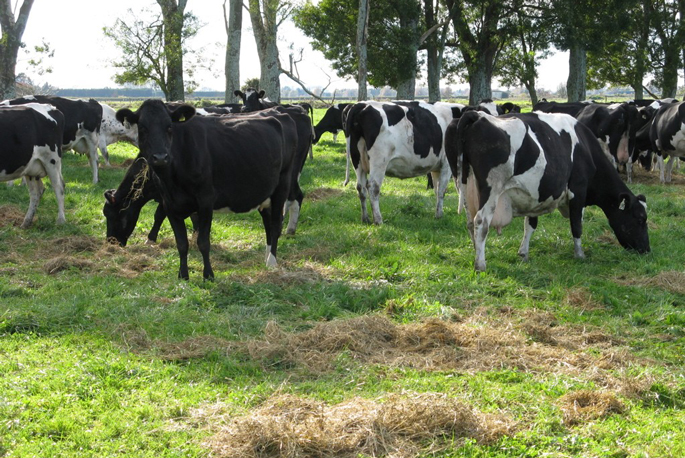 |
Carbon Positive Farming with Peter Burton Functional Fertiliser Ltd |
Another two large dairy enterprises in North Otago are listed as mortgagee sales.
We understand the lack of profitability of both dates back some time, and it seems unlikely that they will be the last.
The best and quickest way of lifting income and reducing costs is by smartening up pasture management, which in many instances is barely understood.
It has been fascinating working with new clients coming from shorter than optimum grazing interval systems.
Lack of awareness
Almost always there’s a lack of awareness of the amount of extra pasture than can be grown when correct grazing intervals are implemented.
Too often they’ve used a day-based system with no ability to extend the time between grazings that allow pastures to come close to the end of their rapid growth phase.
The ideal grazing interval is the time required for pastures to fully recover from the previous grazing and get to the point when growth is naturally starting to slow just prior to a stalk with seed head developing.
This will vary throughout the year from as short as 20 days in spring to 90 days plus in winter.
Regular and careful observation is required and those that have committed to this process have experienced increases of 30 per cent, and more.
This often translates to a similar amount of extra milk production, sometimes even higher, at no extra cost.
 The best and quickest way of lifting income and reducing costs is by smartening up pasture management. Photo: supplied.
The best and quickest way of lifting income and reducing costs is by smartening up pasture management. Photo: supplied.
Effort and willingness
It takes effort and a willingness to learn and those that are prepared to do so grow immeasurably in their confidence to manage difficult periods, which inevitably arise each season.
Winter is a critical time as it is during the slow growth period dictated by both soil temperatures and sunshine hours that dung, old root and litter left on the soil surface are broken down, increasing soil organic matter, laying the platform for spring growth.
Spring growth in the Deep South is stronger than in the Far North where soil temperatures seldom get below 10 degrees Celsius.
Regardless, a long interval between grazings during this time is beneficial.
The use of synthetic nitrogen works against this natural process in two ways.
Firstly it ‘burns’ soil organic matter, reducing both nutrient and moisture holding capacity.
Secondly it stimulates leaf growth during a time when root development is prioritised by the plant, and root mass is an important factor in total growth during the coming season.
Essential concept
An essential concept is management factors during winter impact on growth in six months’ time; the best operators are well aware of this and manage accordingly.
Encouraging the breakdown of accumulated organic matter is essential because soil always has first draw on energy, with plant demand being secondary.
Functional Fertiliser has two unique products containing selected beneficial fungi and bacteria formulated to speed the digestion of organic matter and the formation of humus.
DoloZest contains dolomite, providing the added benefits of markedly reducing calcium/magnesium-related metabolic disorders.
CalciZest contains the same suite of selected beneficial biology and is usually used in spring to encourage clover growth, significantly removing the demand for applied nitrogen during the growing season.
For more information call Peter on 0800 843 809 or 0274950041.


0 Comments
Leave a Comment